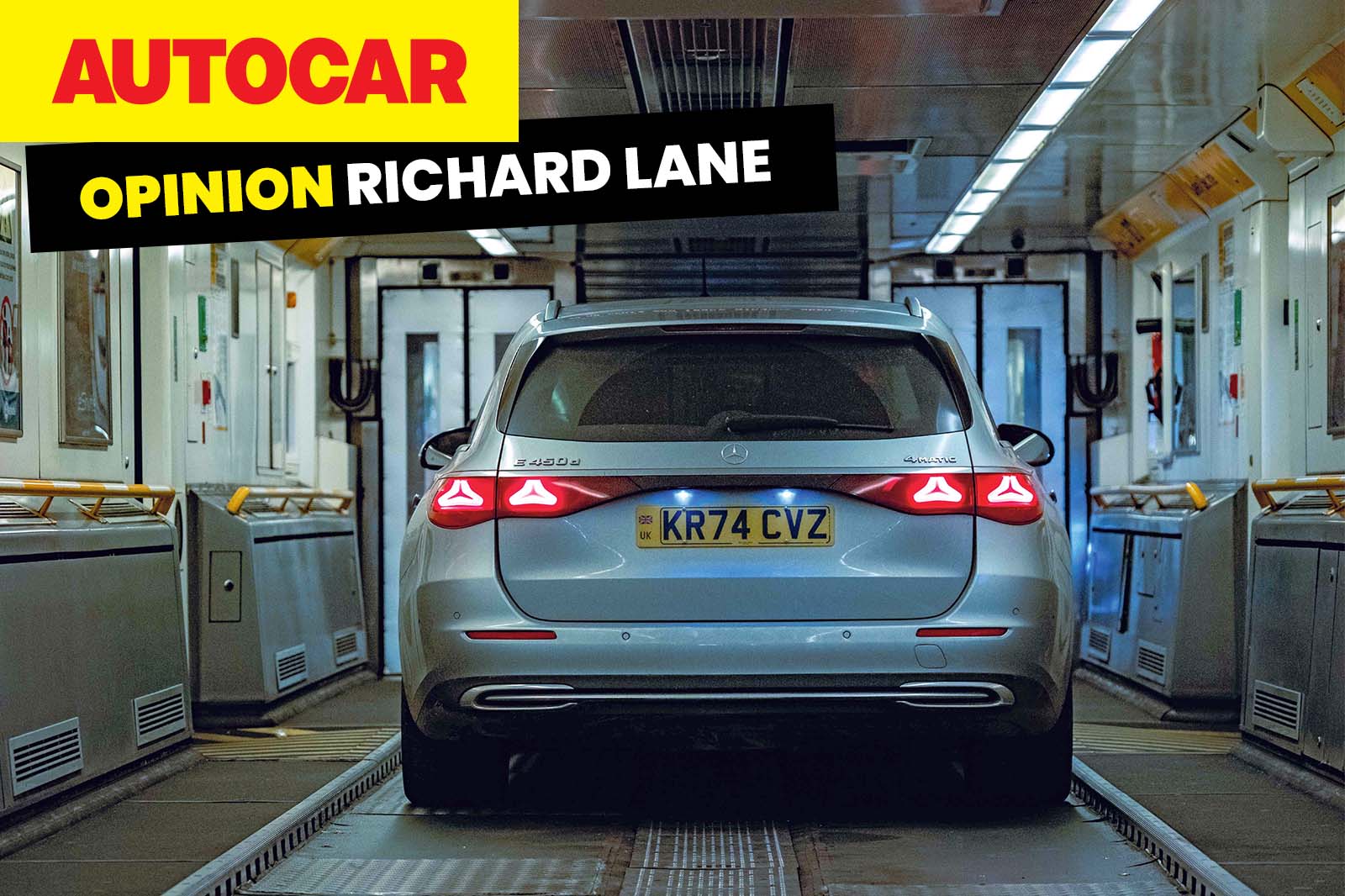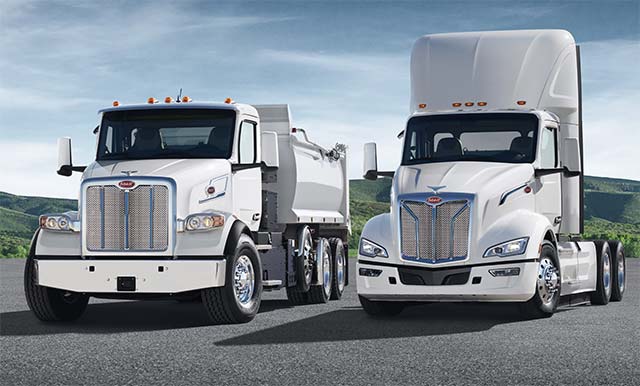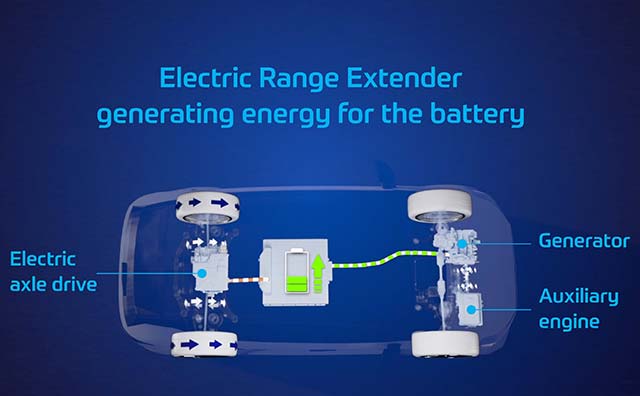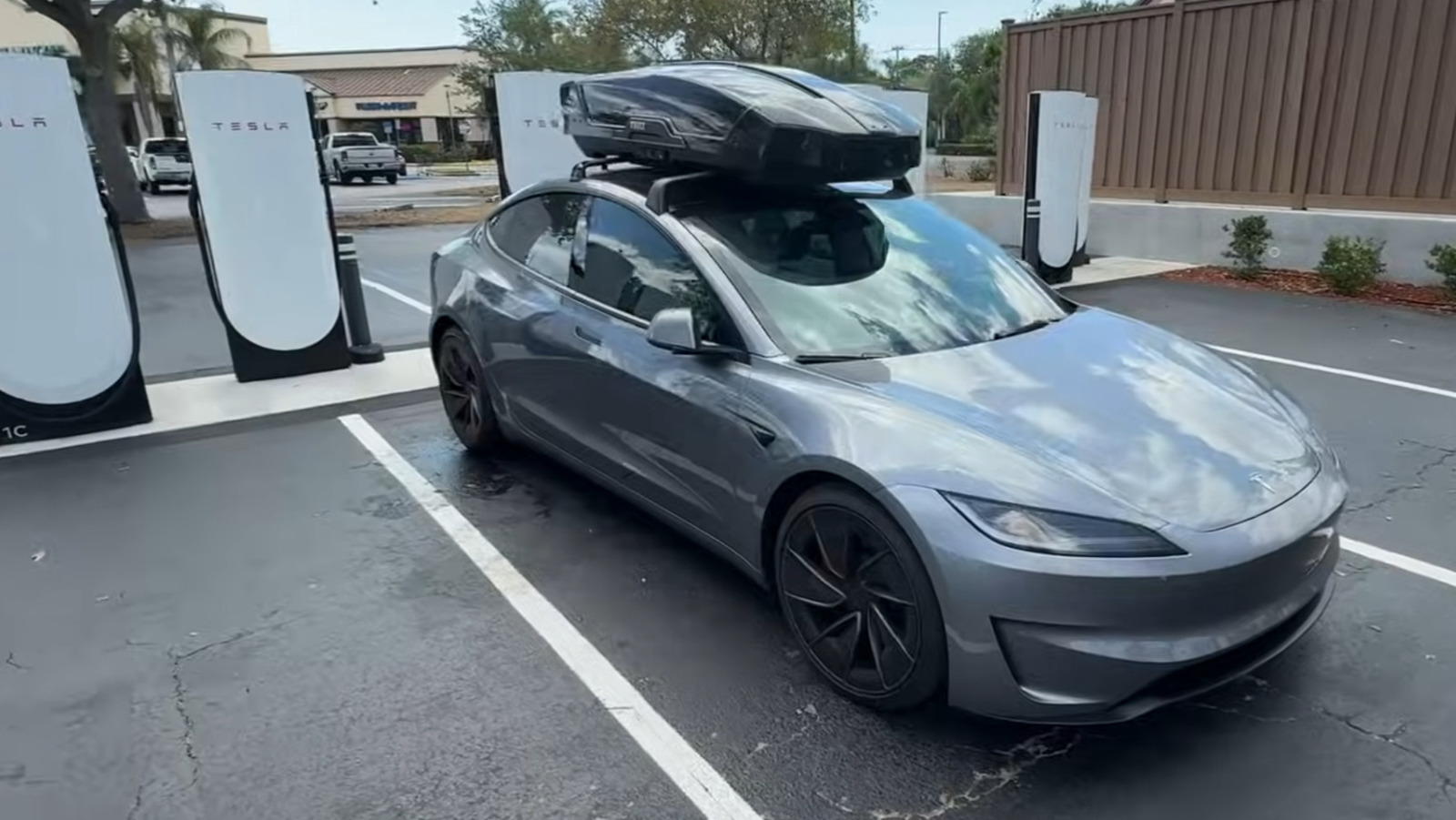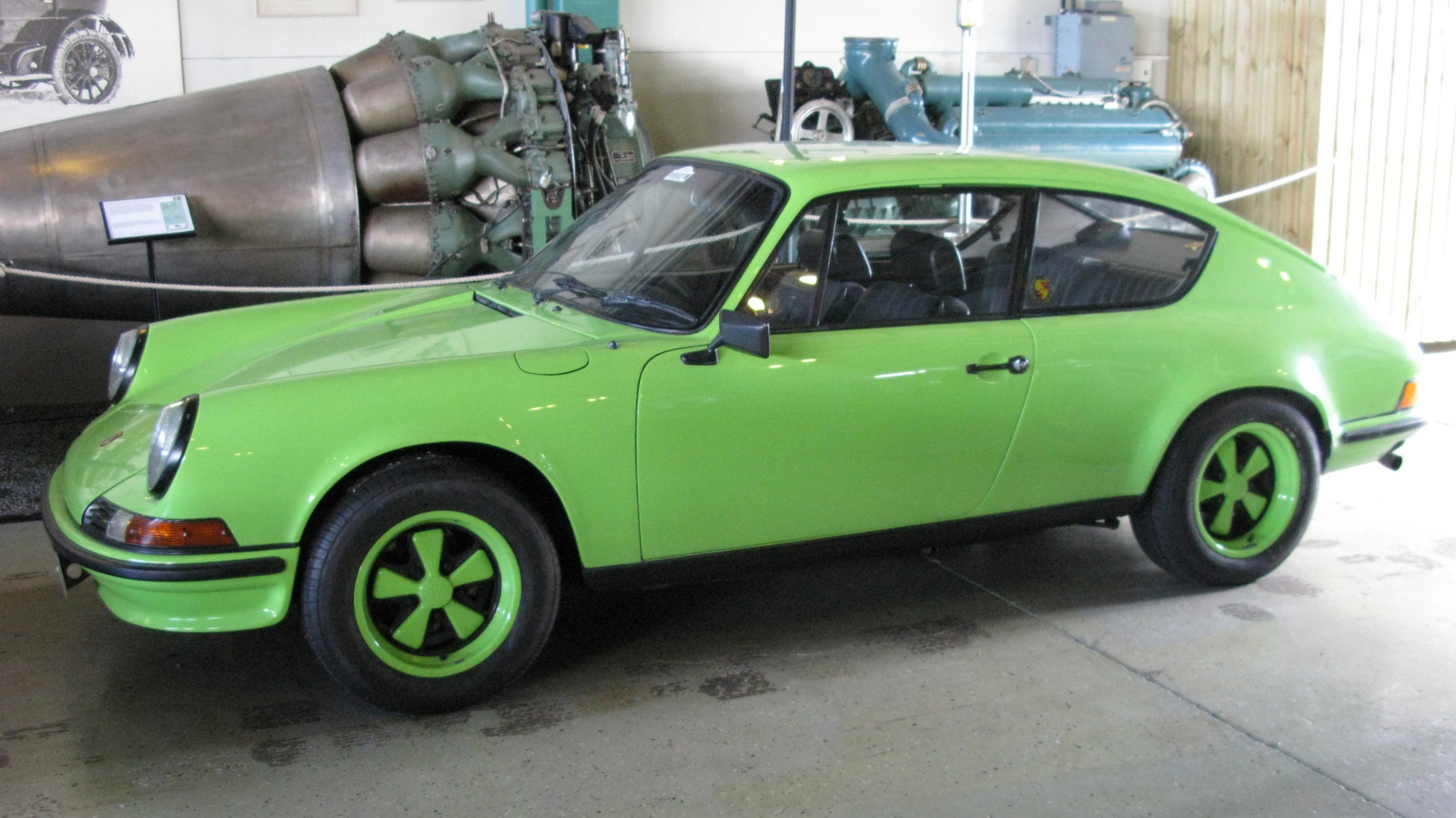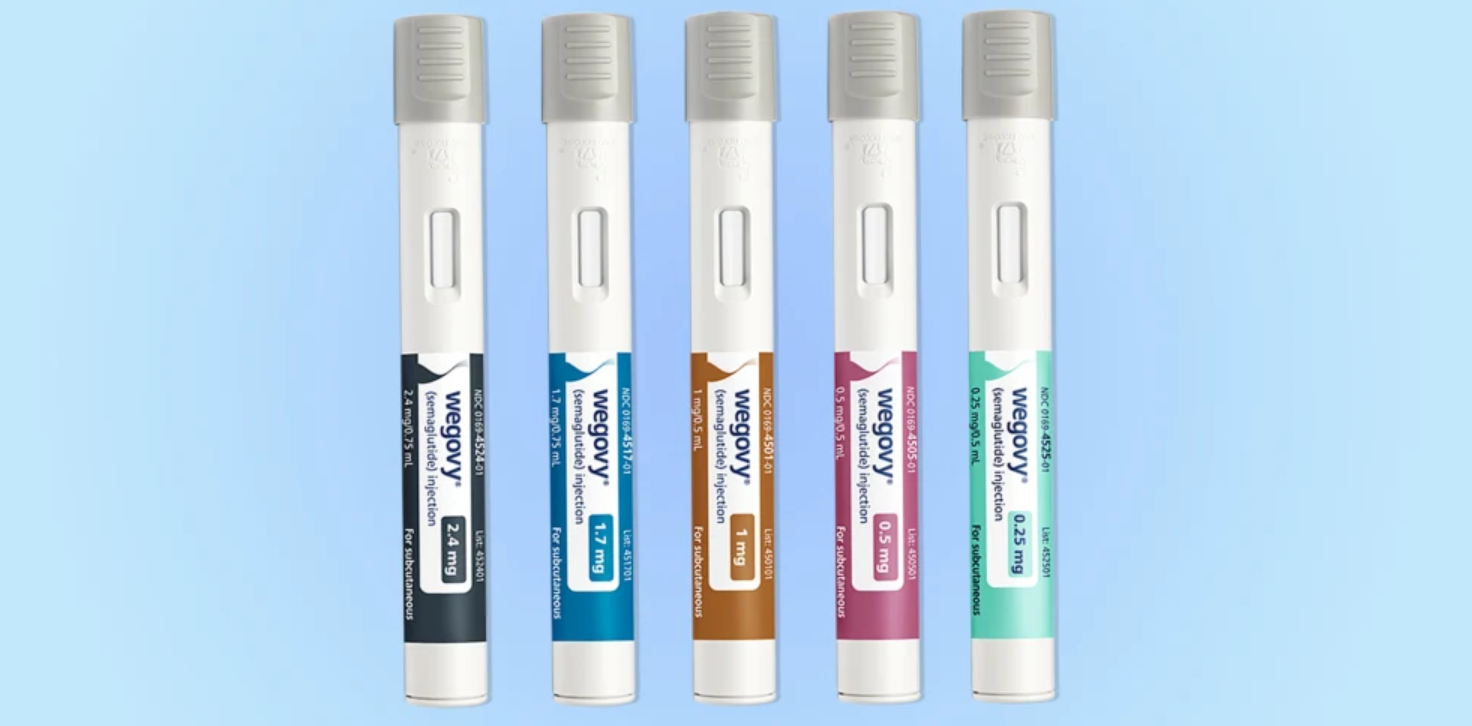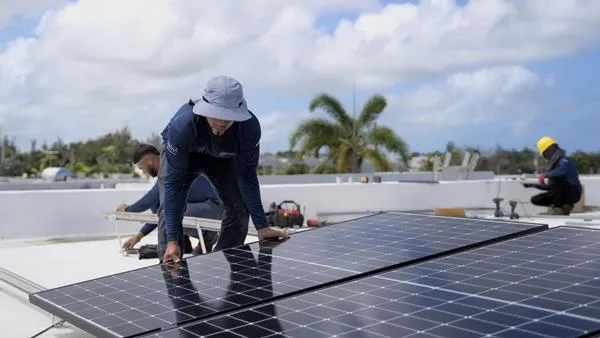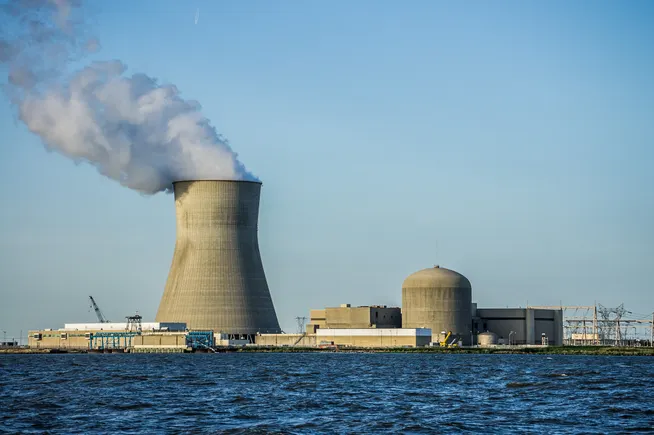Your Next Cheap Wine May Cost the World
Many destructive wine operations retain their sustainability certifications, even as they wreak havoc on the land. [...] Read More... The post Your Next Cheap Wine May Cost the World appeared first on Wine Enthusiast.
On a recent trip to New Zealand, I sat in the audience at the renowned Pinot Noir NZ conference, listening to a litany of sobering statistics delivered by climate experts and environmental activists. They warned that the planet is in worse shape than we once thought—January 2025 was the warmest January on record.
“The world will be brought to its knees,” Damon Gameau, a climate-focused documentary filmmaker, warned a stone-silent crowd. I arrived the following day in the Marlborough wine region, those dire words ringing in my ears. Like many of the planet’s most successful wine corners, Marlborough is made up of vast swaths of intensely farmed monoculture.
In Marlborough’s case, it’s home to a whopping 62,000 acres of Sauvignon Blanc plantings—the equivalent of nearly 47,000 football fields!—largely aimed at satiating international drinkers, primarily Americans. (The U.S. is New Zealand’s largest export market, worth over USD $450 million in 2024.) Though numerous independently owned wineries in Marlborough take great pains to farm well, much of the land is cultivated for a half-dozen or so corporations that churn out low-end Sauvy B en masse under a multitude of brand names.
A Vicious Cycle
Cheap wine made in large quantities comes at an environmental cost, something true across the globe. Picture seemingly endless rows of neat, mechanically trimmed vines with bare strips of soil beneath them. The grass in the mid-rows is mowed short and there is nary a critter or insect in sight. The land is planted to one variety of one crop, doused with hazardous herbicides, insecticides, fungicides and fertilizers and generously watered to produce very high yields. But no plant or soil can sustain such regular floggings.
Eventually, the vines become diseased and are ripped up. Nameless, faceless corporations begin the cycle anew on more parcels of land. Over time, viable land starts to run out and the cost of what’s left skyrockets. In Marlborough, multiple companies are even buying up existing organic vineyards and converting them back to conventional farming to cut costs. Many of these operations retain their sustainable certifications—they simply fill out spray diaries with numbers that earn passes from regulators.

Don’t get me wrong. There are plenty of corporations doing the right thing, acting as careful stewards of the land, doing right by growers and producing high-quality wine. And before sustainability programs everywhere come after me, I do believe they serve an important purpose, even if most could use more stringency and accountability.
Still, greenwashing is everywhere. As the climate’s alarm bells sound louder, the need for change is more urgent than ever.
What’s a Wine Lover to Do?
To start, check your bottles’ back labels. If a wine seems like it’s produced by an impersonal corporation—aka there’s no mention of who farmed the grapes and where—it probably is. Aim to buy from small independent owner-operators (something often indicated on a label, but ask at your local wine shop if in doubt), which are less likely to be large-scale climate offenders.
And pay a bit more for your wine. We’re talking at least $18 a bottle in most cases.
I know it’s a tough ask, but I urge you to approach wine the way many already approach meat—paying more for ethically farmed versions but consuming less.
Drink less, but drink better. Let’s make that our new mantra.
This article originally appeared in the May 2025 Film issue of Wine Enthusiast magazine. Click here to subscribe today!
More Sustainability Coverage
- How sustainable is “green” wine packaging? We investigate.
- Winemakers are using cutting-edge data and centuries-old wisdom to combat climate change. Here’s how.
- In Australia, winemakers are on the forefront of mitigating climate change.
- As global temperatures continue to rise, winemakers are climbing higher.

In the Shop
For Wine On-the-Go
This versatile messenger-style wine bag comes with removable bottle liners, a corkscrew and an aerator.
The post Your Next Cheap Wine May Cost the World appeared first on Wine Enthusiast.

















